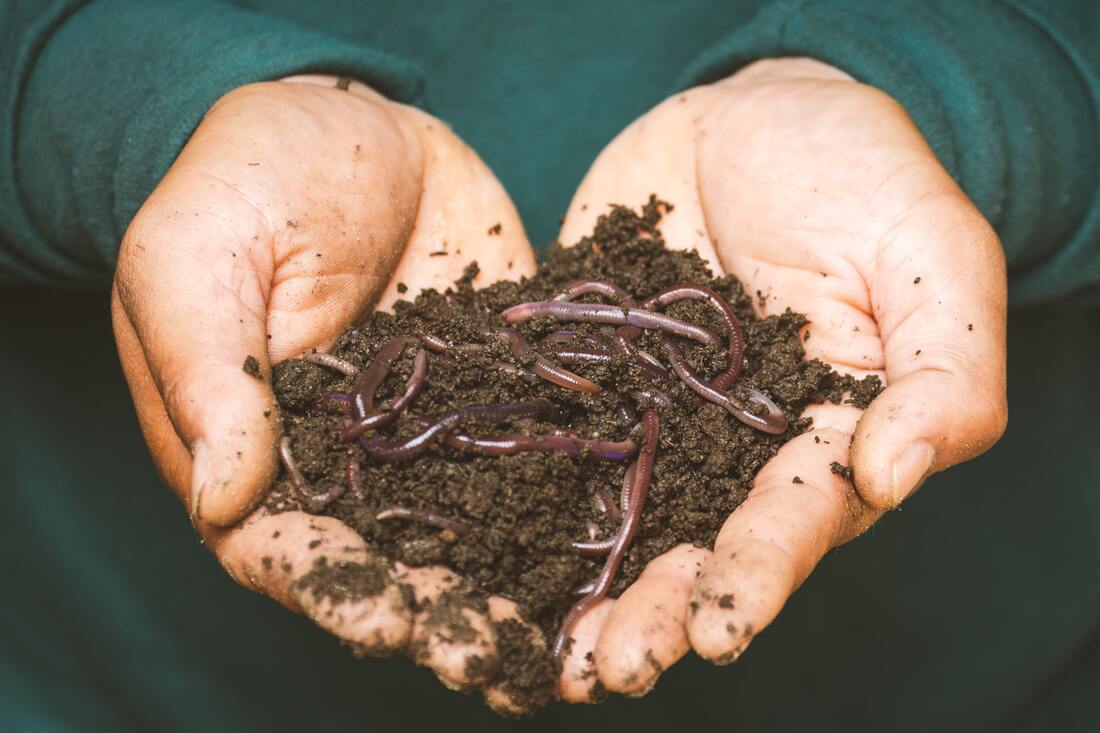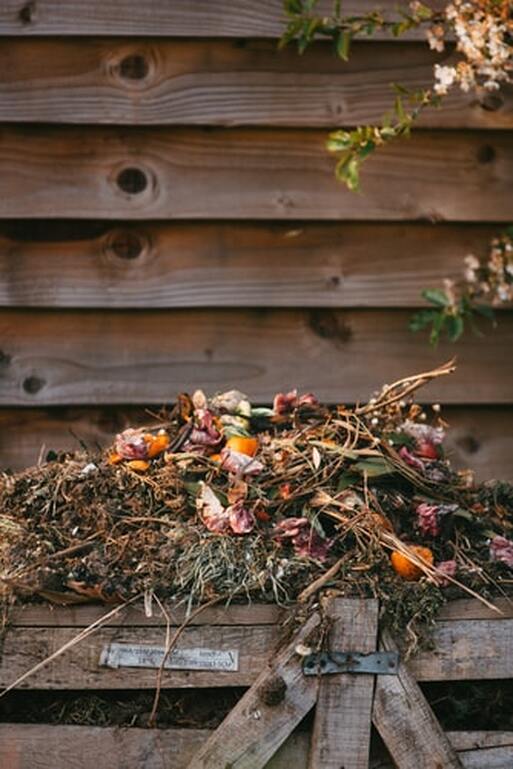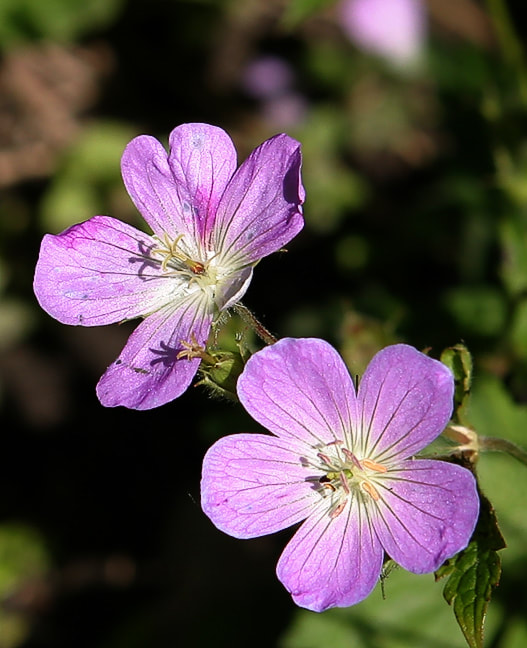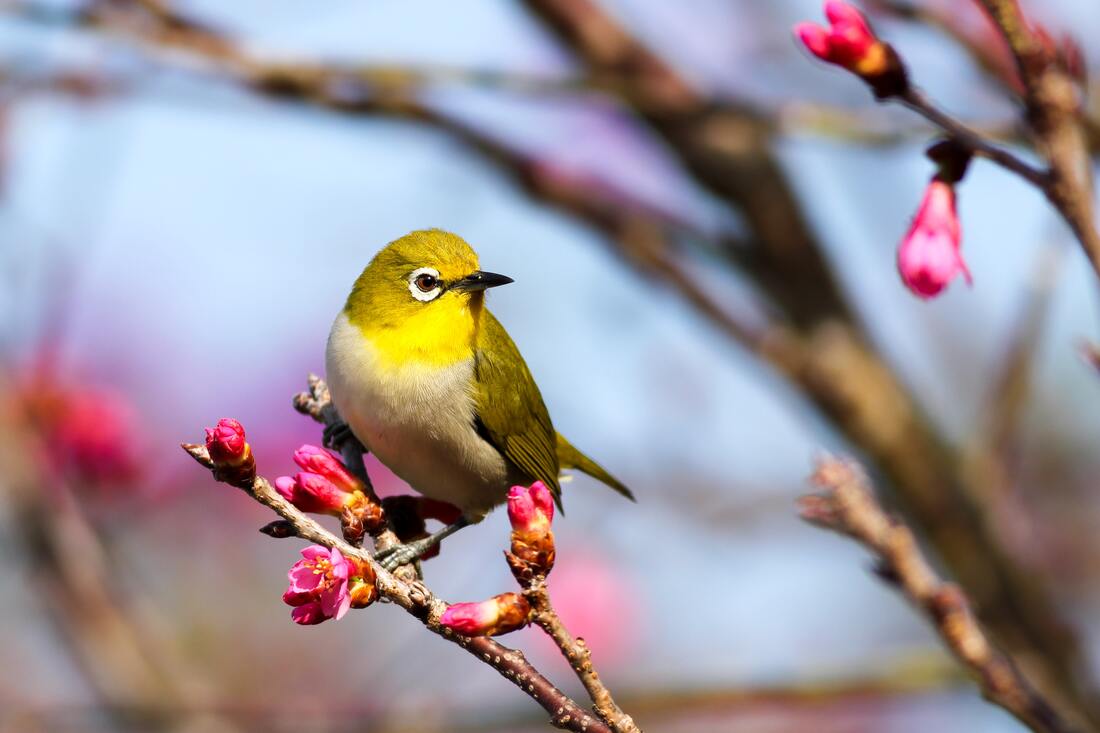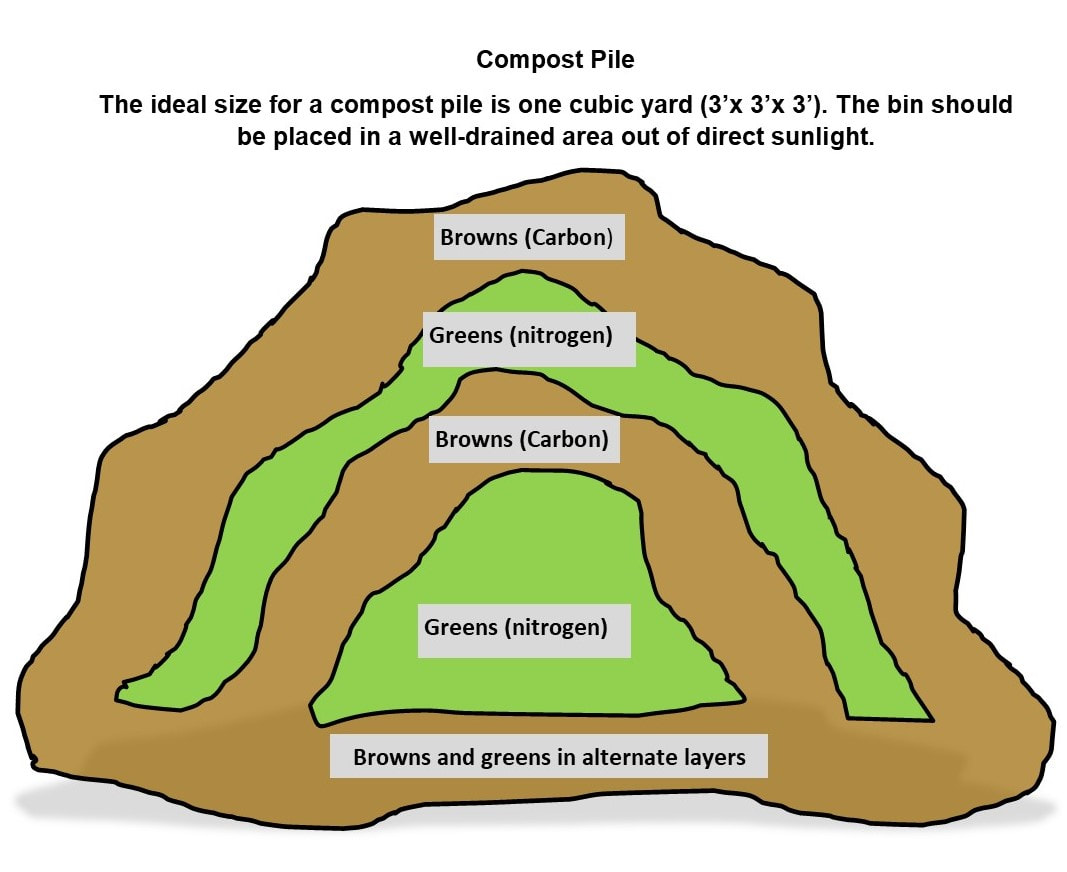|
It is hard to believe but our food waste and other organic materials such as paper and yard trimmings equate to nearly 55% of our total waste with food making up 20-30% of this total. When these items are in our landfills they breakdown and create a material called leachate, which is toxic and can pollute groundwater, surface water and soil. Vermicomposting, a process that relies on earthworms and microorganisms to break down organic matter and transform it into a product that can be used as a valuable soil amendment and source of plant nutrients, can help homeowners with their gardening efforts but also keeps organic materials from causing problems in the landfill! Vermicomposting is a way to get earthworms to work for you in a more organized way. You can become a worm farmer easily. North Carolina State University Extension is a leader in vermicomposting. Rhonda Sherman with North Carolina Extension, states that you need 4 items to begin worm farming.
Sometimes worm bins may have issues that arise over time. It is important to note that your bin should not:
0 Comments
It is very rewarding to grow your own veggies and to have showy flower beds! Utilizing compost is a great way to create thriving gardens and increase the porosity of your soil and give you the gardens you have always wanted! Through composting you enhance your garden’s ability to grow healthy plants while reducing your volume of trash.
Compost strengthens the soil food web, which is made-up of microscopic bacteria and fungi, along with earthworms, insects and many other life forms. Fungi form mutually rewarding partnerships with plant roots, making it possible for vegetables to feed themselves more efficiently. The addition of composted materials also improves soil physical properties, such as tilth, infiltration, drainage and water-holding capacity. Compost is decomposed organic matter. It can be made from leaf/grass debris, food scraps, manure from animals or other organic materials. It can be bought or you can make your own. The key is to ensure that it cannot be distinguished from what it once was! If your product still has distinguishable items (banana peels, manure clods, etc.) in it, key nutrients like nitrogen will be used to break down this material instead of being available to the plants. For example, if large quantities of uncomposted leaves are incorporated into the soil, microbes will compete with plants' roots for soil nitrogen during leaf decomposition. This competition for nitrogen can result in nitrogen deficiency and poor plant growth. Composting breaks down organic materials into an end product that increases the availability of essential minerals, such as potassium and phosphorous, to growing plants and reduces the competition for nitrogen. Composting at Home Composting at home is a great way to keep food wastes (non-animal) products out of our landfills and it is fairly easy to do! You need to make sure that you have a good ratio of “greens” or nitrogen and “browns” or carbons and is much like a recipe. It is referred to as the C/N ratio. The C/N ratio refers to the amount of carbon ( C ) and nitrogen ( N ) in materials that are added to a compost pile. The preferred C/N ratio is 25 to 30 parts carbon to 1 part nitrogen. Materials categorized as "brown," such as straw, contain more carbon than nitrogen and have higher C/N ratios than "green" materials such as fresh green grass. A compost pile will decompose faster at lower C/N ratios, with more green material, however, much of the nitrogen used by decomposers as energy will be lost more quickly and will need to be replenished. If too much brown material has been added to the pile, the pile will decompose slowly. Acceptable items to compost: "Green" materials
What not to include in the pile
For most efficient composting, use a pile that is between 3 feet cubed and 5 feet cubed (27-125 cu. ft.). This allows the center of the pile to heat up sufficiently to break down materials. Smaller piles can be made but will take longer to produce finished compost. Larger piles can be made by increasing the length of the pile but limiting the height and the depth to 5 feet tall by 5 feet deep; however, large piles are limited by a person’s ability to turn the materials. You may also want to have two piles, one for finished compost ready to use in the garden, and the other for unfinished compost. For questions regarding Warren County Soil and Water Conservation District programs and/or technical assistance on water or soil questions, visit http://warrenswcd.com or call, 513-695-1337. G. maculatum, Hardyplants at English Wikipedia, Public domain, via Wikimedia Commons April is Native Plant Month in Ohio! And while many of us wish to incorporate native plants into our landscape, some of us are dealing with shade in that landscape and struggle to find what might grow in this environment. Native shade loving plants are a nice choice for shady areas because it is an opportunity to mimic a naturalized forest structure. Native plants add biodiversity needed to attract beneficial insects and songbirds that are generally found in wooded areas
According to the University of Delaware, research shows that aiming for a minimum of 70% native plant cover in your landscape is essential to provide enough food to support birds into adulthood. Researchers termed the areas with less than 70% a “habitat sink” or a place that is insufficient to support long-term bird survival or the survival of their young. As with any type of garden you must consider the growing conditions (moisture, soil type, light, pH). With shade gardens you also need to ask yourself, what type of shade does your garden have? Is some light being filtered through the trees? Or is it shady part of the day and sunny the rest? Typically, light shade means that the growing area has between 3-5 hours of direct sun. Partial shade equates to about 2 hours of sun a day and full shade means less than an hour of sun per day. In the case of dense shade, or no direct sun, growing conditions can be very limited and one should consider the fact that no plants may survive in this type of growing situation. Some native woodland species that attract beneficial insects to consider for your shade garden are:
Native plants provide many benefits to us, our natural resources, and local ecosystem. These benefits include but are not limited to water conservation, filtering out water pollutants, lowering maintenance requirements, and providing vital habitat for birds and many other species of wildlife. For information on the Warren County Soil and Water Conservation District annual plant sale go to https://www.warrenswcd.com/. If you have additional questions, please contact the Warren County Soil and Water Conservation office at 513-695-1337. Spring is a time of awakening when the cold of winter starts getting shrugged off to make room for the warmth which accompanies new growth in the natural world.
For birders, it is exciting because of the return of migratory spring birds! From songbirds to shorebirds and even some waterfowl, about 200 species of neotropical migratory birds annually make this incredible trip that spans continents. Final destination nesting grounds for these birds vary widely throughout the United States and north into Canada, but all require stopover sites where they may rest and refuel for the next leg of their trip. If you want to help these birds in their spring preparations, consider bird-friendly landscaping that includes native, early-blooming trees, shrubs and flowers with colors that attract birds. According to the Cornell Lab of Ornithology, it is important to plant these 7 important plant groups:.
For more questions regarding Warren County Soil and Water Conservation District programs and/or technical assistance on water or soil questions, visit http://warrenswcd.com or call, 513-695-1337. 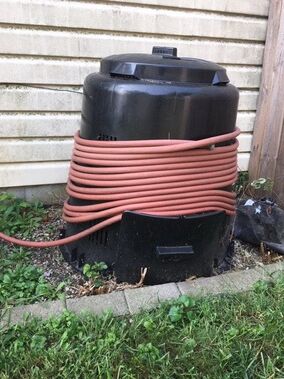 (Article taken from USEPA – Composting at Home (https://www.epa.gov/recycle/composting-home) and Ohio EPA Citizens Guide to Composting - https://epa.ohio.gov/portals/47/facts/citizens_guide_to_composting.pdf ) During this unusual and challenging year many of us have looked for new hobbies to fill our time. Composting is a hobby that is not only fun, but it is beneficial to the soil and your wallet! Composting is nature’s way of recycling leaves, grass clippings, kitchen scraps and other organic wastes by converting them into a valuable soil amendment called compost. By composting at home, you’ll enjoy the financial benefits of free soil enrichment, reduce the amount of solid wastes sent to landfills and conserve resources. Compost is organic material that can be added to soil to help plants grow. Food scraps and yard waste together currently make up more than 28 percent of what we throw away, and should be composted instead. Making compost keeps these materials out of landfills where they take up space and release methane, a potent greenhouse gas. Composting at home is very easy and practical. Once you learn the basics, you’ll be turning out lush piles of rich compost in short order. Using compost yields faster-growing, stronger plants. The chief value in using compost is the beneficial effect on soil structure. Incorporating compost into the soil improves aeration and drainage and makes the soil loose and easy to work. Compost increases the organic matter content of clay and sandy soils, allowing them to better retain water and nutrients. It also helps control erosion, proper pH balance and plant disease. All composting requires three basic ingredients:
What To Compost
What Not To Compost and Why
Selecting and Building your Composting Site
Compost can be made in just two or three weeks during the summer if the leaves and other materials are finely ground or shredded, turned frequently to provide good aeration and supplied with sufficient moisture and nitrogen.
For more questions regarding Warren County Soil and Water Conservation District programs and/or technical assistance on water or soil questions, visit http://warrenswcd.com or call, 513-695-1337. |
Details
Warren County SWCD Staff BlogA blog to keep you informed on all the latest news at Warren County SWCD and in the conservation world. Archives
May 2024
Categories
All
|
|
|
Contact:PHONE: (513) 695 - 1337
EMAIL: [email protected] HOURS: Monday - Friday 7:30am - 4:00pm (except holidays) Connect:Warren County Soil & Water Conservation District Copyright © 2016
Warren SWCD Privacy Notice. Emails are serviced by Constant Contact. Constant Contact's Privacy Notice. |
